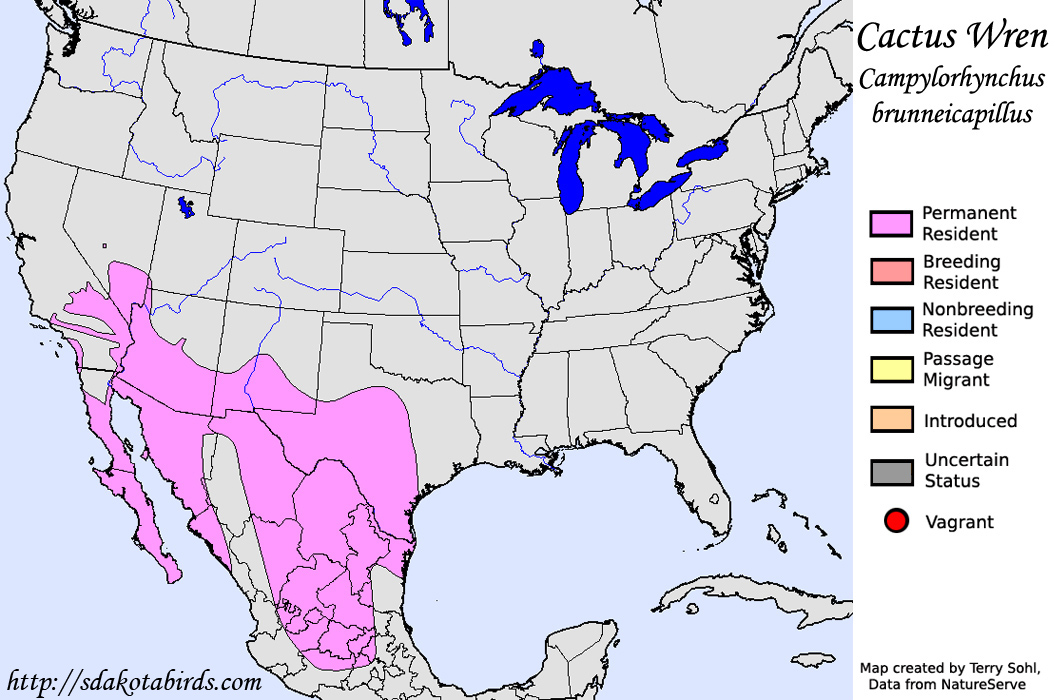South Dakota, known for its diverse landscapes ranging from rolling prairies to picturesque badlands, offers a unique environment for cultivating certain species of cactus. While not the first region that comes to mind for cactus cultivation, the hardy and resilient nature of these plants can thrive in specific niches. Understanding which cactus species are best suited for South Dakota’s climate is essential for successful gardening and landscaping. This article explores various cactus species that flourish in the state, providing valuable insights into their characteristics, care requirements, and aesthetic appeal.
South Dakota’s climate presents both challenges and opportunities for cactus enthusiasts. The state experiences a continental climate, characterized by large temperature fluctuations, cold winters, and hot summers. Therefore, choosing the right cactus species is crucial for thriving plants. The cacti featured in this article are not only suited to withstand South Dakota’s climatic spectrum but also offer beauty and ecological benefits to local ecosystems.
One of the most suitable genus for South Dakota’s conditions is the Opuntia, or prickly pear cactus. Various species within this genus are robust, drought-resistant, and capable of enduring the chilly temperatures of winter. Opuntia polyacantha, widely known as the Eastern Prickly Pear, is particularly notable. This charming perennial features flat, paddle-like pads that are adorned with beautiful yellow flowers in the summer months. Moreover, its pads and fruits are edible, making them a valuable addition to any landscape. Best cultivated in well-drained soil, this cactus can propagate easily by replanting segments of its pads, offering an efficient and low-maintenance gardening option.
Similarly, the Opuntia humifusa, or the Eastern Prickly Pear, showcases appealing aesthetic versatility. It typically sprawls across the ground, making it an excellent ground cover in gardens or xeriscapes. Its bright yellow summer blooms are followed by vibrant, ruby-red fruit that not only attracts birds but also provides a source of nutrition for local wildlife. This adaptability enhances biodiversity as these plants support various species. Gardeners should note that while the prickly pears require minimal water once established, regular watering is essential during the initial growth stages.
Transitioning to the more compact and visually striking cacti, the Echinocereus genus, particularly Echinocereus rigidissimus, also merits attention. Commonly referred to as the Rainbow Cactus, this species displays a remarkable aesthetic with its vibrant pink to purple coloration, especially when in bloom. Echinocereus species generally exhibit a preference for sandy or rocky soils, thriving in full sun with excellent drainage. They are relatively low maintenance, requiring only occasional watering and protection from extreme winter temperatures, ideally through mulching or relocating indoors during the coldest months.
Moreover, for those seeking a unique focal point in their garden, the Ferocactus species presents an intriguing option. Ferocactus wislizeni, known as the Arizona Barrel Cactus, embodies a more traditional cactus appearance with its cylindrical form and pronounced spines. While more commonly found to the south, it can thrive in South Dakota with proper care. This species prefers well-drained soils and should be planted in a location that receives ample sunlight. With its robust structure and stunning yellow flowers, it adds a dramatic flair to garden compositions.
When venturing into the realm of cactus cultivation, understanding proper care practices is just as crucial as selecting appropriate species. Most cacti require full sunlight for optimum growth, making South Dakota’s sunny summers an advantage. However, attention must be paid to winter care, as extended periods of freezing temperatures can prove detrimental. Employing strategies such as bringing potted cacti indoors or utilizing frost cloths can ensure their survival during harsh winters.
Condition management is essential for successful cactus cultivation. While cacti are known for their drought tolerance, they still require specific watering schedules. A general guideline is to allow the soil to dry completely before rehydrating, thus mimicking their natural desert habitat. Overwatering is the most common issue for cactus plants and can lead to root rot, a condition that can devastate the plant. Fertilizing should also be done sparingly, utilizing a balanced fertilizer formulated for cacti during the growing season.
For novice gardeners, starting with larger, more forgiving species can build confidence before exploring rarer varieties. It’s also advisable to engage with local gardening communities or visit botanical gardens within South Dakota that showcase native and adaptive species. This interaction will nurture a greater understanding of successful gardening practices tailored to local conditions.
Ultimately, growing cacti in South Dakota provides both aesthetic pleasure and ecological advantages. As native wildlife adapts to the features of cacti, new and diverse habitats emerge, fostering stronger ecosystems. Whether considering expanding a garden palette or enhancing landscaping, integrating these resilient plants advocates for sustainability and celebrates the uniqueness of South Dakota’s natural beauty.





Leave a Comment